Customizability and upgradability are noteworthy blessings of building a PC.
Confused about choosing the best RAM stick?
This write-up is a brainchild that interprets my decades of experience as an enthusiast.
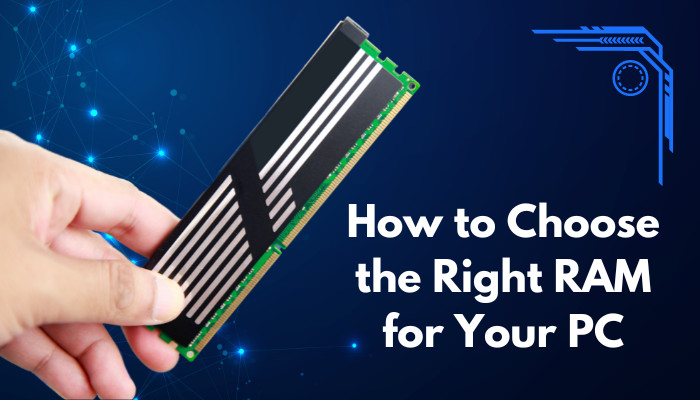
So, tag along and help yourself.
I wish it were that simple.
See, most people dont know the complexity of PC components.
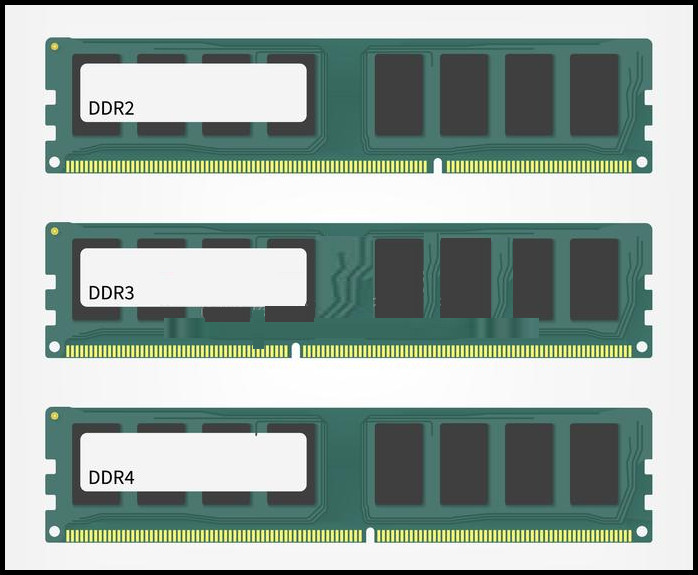
To pick the best RAM, it’s crucial that you understand these terms better.
DDR memory can write at the rise and fall of the clock cycle.
Got your head spinning?
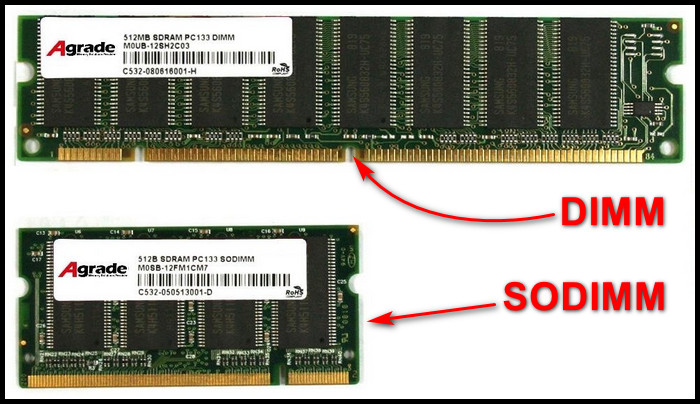
Alright, let me illustrate.
Think about rope skipping.
If you sayHellowhen you attempt to jump and say it again when falling, you will hear it twice.
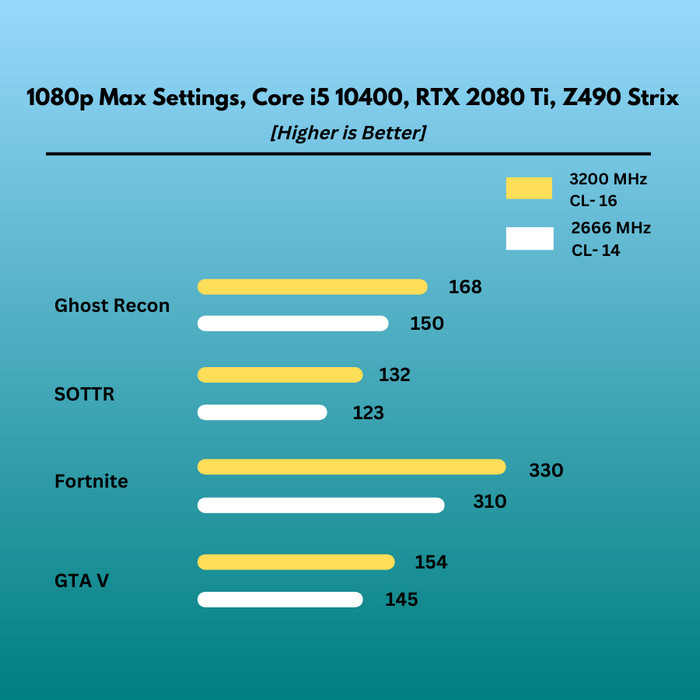
Likewise, DDR memory can run 2x faster.
Theres also a thing calledChannelinvolved.
Well learn about it later.
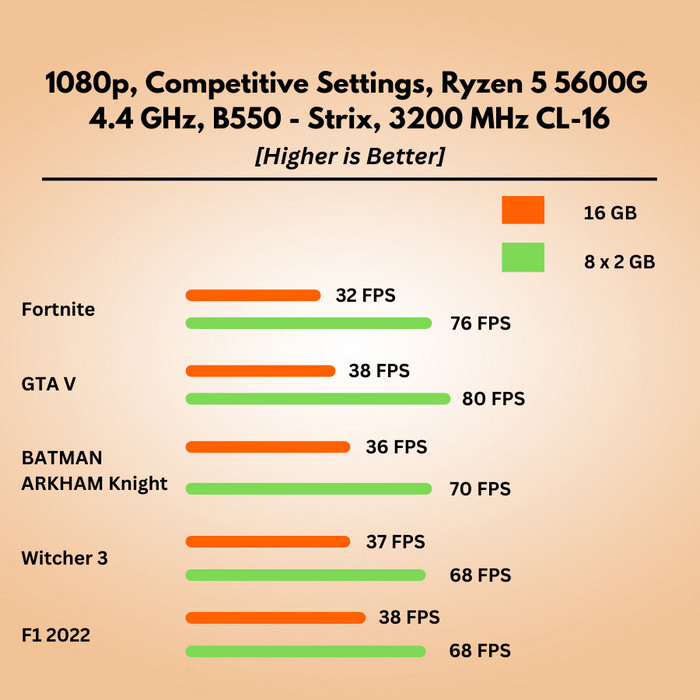
So, What do they mean?
Well, these numbers indicate the generation of DDR technology.
With each generation, the clock speed and capacity increased remarkably.
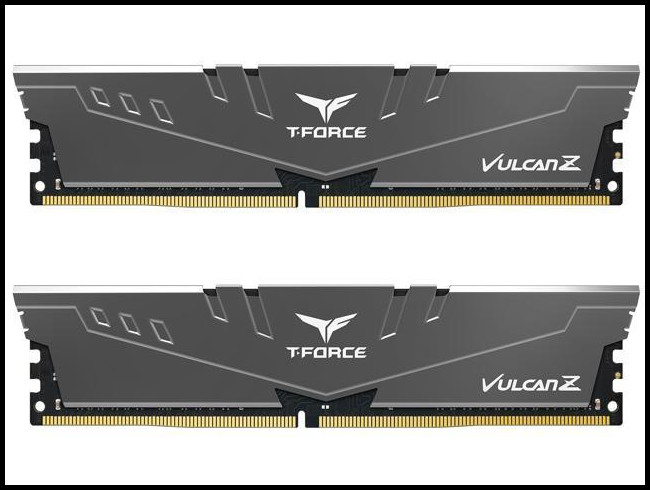
And none of them are backward compatible.
Read more on thedifference between DDR4 and DDR5 RAMand their performance benefits.
Form Factor
The form factor is basically the physical dimension of RAM.
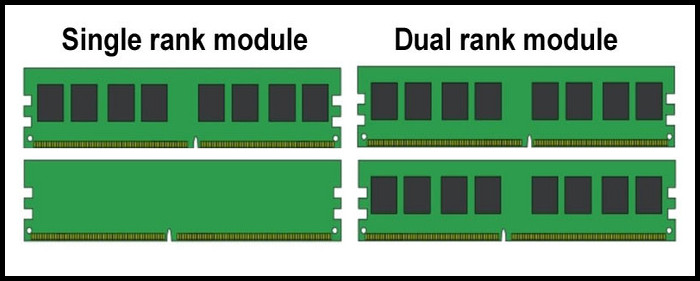
Currently, there are two common types of memories in terms of shapeDIMMandSODIMM.
DIMM (Dual Inline Memory Module)is basically compatible with desktop motherboards.
It has a pin count of288.
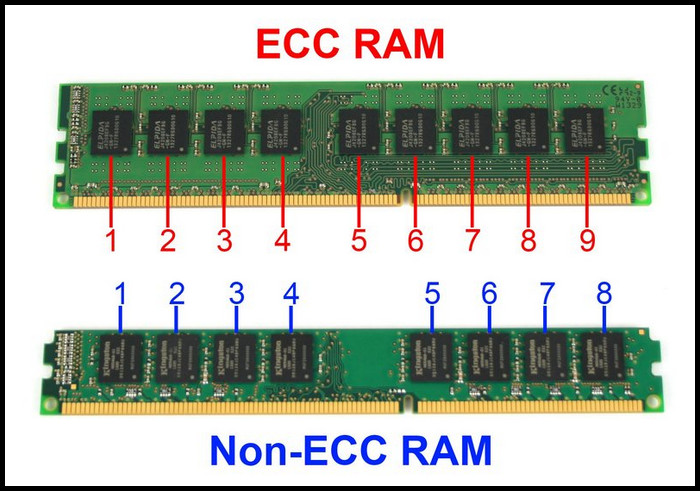
And the pin count of SODIMM memory is260.
So, the physical limitations make DIMM memories completely incompatible with SODIMM motherboards and vice versa.
If you are confused about RAM channels, check out another post onwhich RAM channel to use.
The number ofMT (Mega Transfer)rates can be ridiculously fast.
For instance,DDR4 4000 Mhzmeans the RAM can read and write 4 billion times per second.
Currently,
DDR56400Mhzmemory modules are available in the market, and9000Mhzkits are in development.
But can you install it on your system?
Or is it necessary?
You already know which DDR memory version is compatible with your mainboard, right?
Now, check the maximum supported clock speed.
Both the CPU and the Motherboard can be the limiting factor.
Let me simplify for you.
See, your CPU has a limit for maximum RAM frequency.
So does the motherboard.
Typically, theMHznumber the CPU supports is the native speed.
Mainboards can go way past that.
Its referred to as OC speed.
Lets understand this with a bit of a real-world scenario.
Intel Core i5 10400/10400Fcan support up to DDR42666MHzRAM.
So when you install it on anH410orB450board, your memory modules will run at 2666Mhz.
Note that these boards have no overclocking feature.
Moving on to our next motherboard,Z490, it has OC capability.
So you could run RAM at3200MHzclock speed with this CPU.
you’re free to go even higher, but that will hit a diminishing return.
See, going from 2666Mhz to 3200Mhz, youll see5-7%higher overall performance.
So, choose the speed of RAM depending on your CPU and motherboard.
As high-speed memory kits are costly, ensure they dont go to waste.
You cant just go and buy as much RAM as you wish unless you clearly understand why it matters.
See,16GBRAM on modern machines isOKif you are solely playing games.
However, with newer games, things can get messy when you break the1080presolution and opt for2Kor4K.
So,32GBwill be a safe bet for the near future.
But that doesnt mean you cant use them on16GBor less.
Its just the overall smoothness will be greater if you have memory headroom.
So,More RAM = Better Performance, right?
Not to mention, yourCPUandMotherboardhave a limit for memory capacity.
So you cant go extravagant with more memory.
Also, they will sit idle if you cant utilize the full potential of high-capacity memories.
Therefore, choose RAM depending on your CPU and Mainboard compatibility and workload as well.
Simply put, theCAS latencyis the delay between the read time and when it gets available.
The lower the latency is, the better the performance.
For example, a DDR4 RAM with CL16-18-18-18 will require 16 clock cycles to output a set of data.
But remember, with the increased memory speed, the latency also increases.
Budget
Money is the primary concern whenever going to buy a component, right?
With enough budget or requirements, you’re free to go for the best RAM in the market.
But if you have a tight budget, it will be a tricky choice.
The DDR5 is still new and expensive compared to DDR4 RAM.
Also, with the DDR5 selection, youll need to spend more on the motherboard.
Check out thebest DDR4 RAM for all budgetto satisfy your requirements.
Memory Channels
Memory channel is a bridge that interchanges data between theCPUand theRAM.
Modern motherboards come withtwoorfourmemory channel compatibility.
But how does the memory channel affect PC performance?
To understand this, lets look into the nitty gritty of the memory channel with an analogy.
Imagine a restaurant (CPU) with several chefs (cores) ready to cook.
Waiting for cooking supplies, such as meat, vegetables, rice, flour etc.
They obtain these materials from only one source (memory channel).
Although the supplier has a huge capacity (memory capacity such as 16GB, 32GB etc.
), they can not deliver goods as fast as the restaurant (CPU) can use them.
So the supply chain holds the restaurant back from its peak production (performance) capability.
And the results are shocking.
I got a40-50%performance deficit going fromDual ChanneltoSingle Channel.
The chart below shows the summary of the tests.
So, the single channel cuts the effective bandwidth in half, adversely affecting performance.
Hence you find memory kits always come in a pack of two.
So I recommend always choosing memory in a multi-channel configuration for the best performance.
Memory Rank
The memory rank is one of the most ignored specifications in choosing the correct RAM.
It has a meaningful effect on overall system performance.
A memory rank is a single group of memory blocks.
Each rank has a 64-bit bus that connects your memory to the motherboard.
A single stick of RAM can have 1, 2, or 4 ranks.
A rule of thumb isMore Ranks = Better, as your systems memory controller can access each rank separately.
TheCPUcant access all ranks simultaneously because the modules share the64-bitbus.
But it can initiate an operation on one rank while another completes a task.
It is called interleaving, which reduces response time and improves memory bandwidth without expanding bus width.
Thats a lot to take in, isnt it?
Moving all these technicalities aside, should you care about memory rank?
Or is the performance boost worth exploring this intricate topic?
Evidently,Yes, especially if you have anAMD Ryzen CPU.
Some games and productivity applications such asFile Compressioncan get noticeable performance uplift with more ranks of memory.
There is a piece of good news, though.
This is roughly equivalent to a dual-rank setup.
However, if you target 2 DIMM slots, opting for dual-rank memory is a good idea.
But how do you know how many ranks a RAM has?
Its hard to tell by looking at them, especially if theres a heat spreader.
So, go to the product page to confirm.
The heat spreader is the metal shroud covering the RAM stick, exposing the connector pins at the bottom.
It helps dissipate heat generated by memory chips.
You know, some manufacturers go with extravagant designs for the heat sink.
They may look cool and whack but cripple compatibility inside the case.
Besides, CPU coolers are hard to install in such a scenario.
Better safe than sorry!
However, cloud servers, big data centers, supercomputers, etc.
You know,ECCmemory checks and corrects errors in data while processing.
System crashes occur due to these errors.
These memories can efficiently handle data errors, prevent outages, and offer reliability.
In addition to that, ECC memory is also known as registered memory.
It offloads some tasks onto the memory controller.
So, all this information proves that ECC is a better technology.
But is it worth buying?
For mainstream consumers, the answer isNo.
Moreover, most consumer-grade mainboards do not support registered RAM.
And these are not cheap at all.
Lighting effect on a RAM has no tangible benefit in terms of performance.
But it adds aesthetic value to your rig.
It depends on how you want your PC to look.
Nowadays, RGB RAMs are insanely popular.
They are more expensive because of all the shimmering lights and effects.
However, some RGB software may cause system instability from time to time.
Good to keep it in mind when you are troubleshooting for a possible cause.
Ending Remarks
Without RAM, there is no computer.
But it can be overwhelming for you to choose the correct RAM.
Check your motherboard specification and follow my guide to pick the fitting memory for your box.
For more insights, comment down below and let me know.